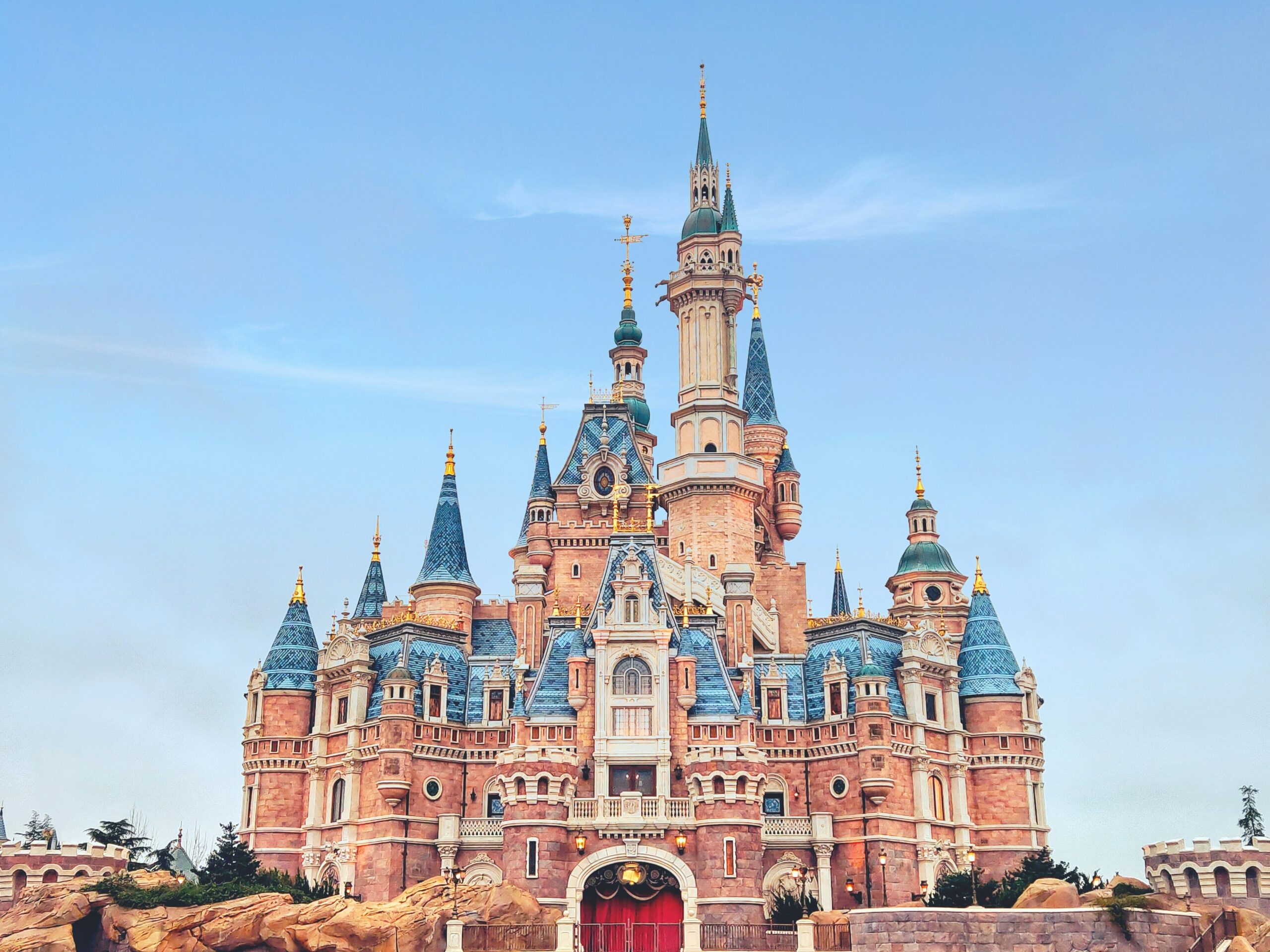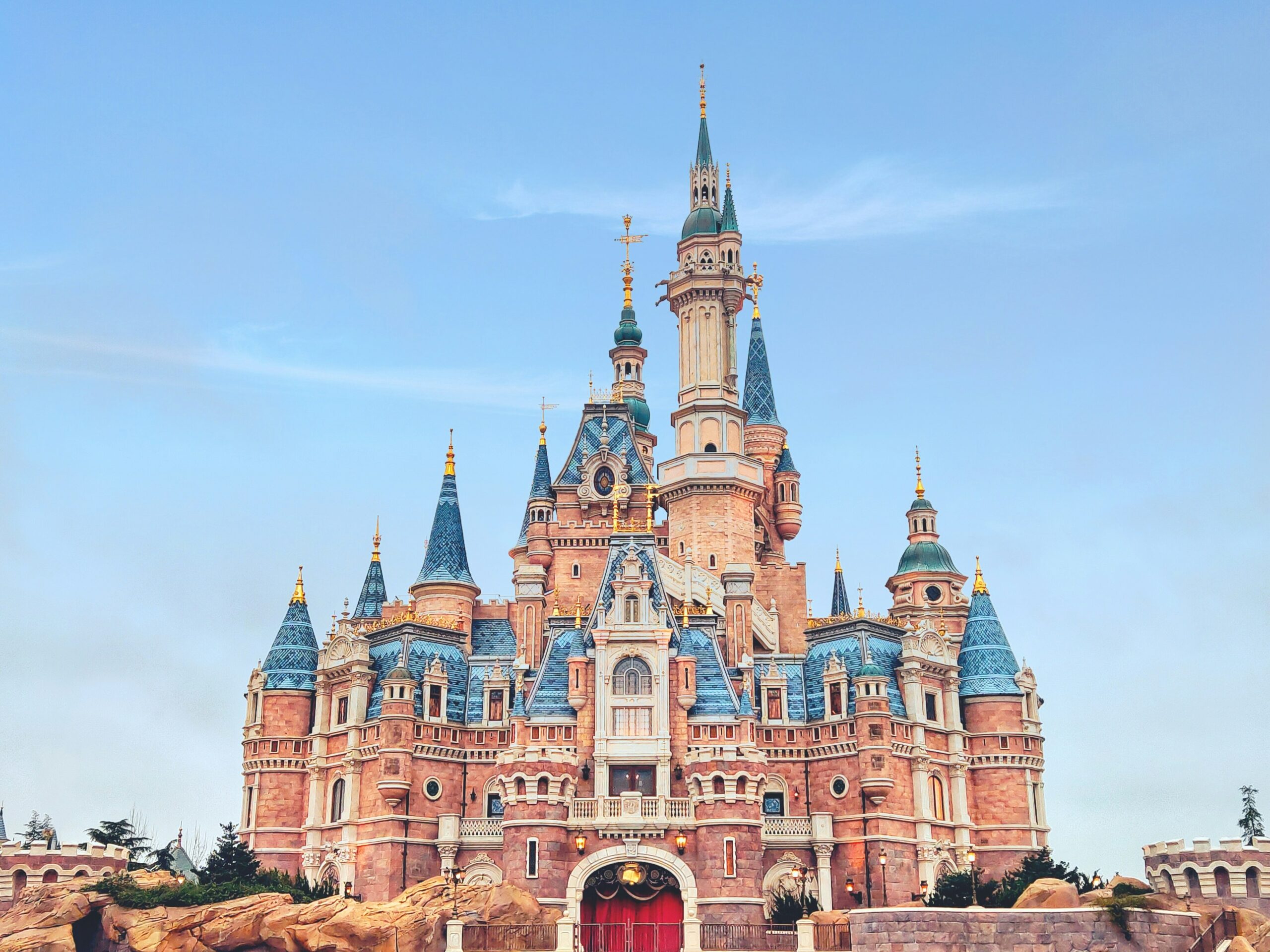Image credit: Unsplash
Disneyland, a leader in entertainment and innovation, recently announced a significant shift for its iconic Autopia ride in Anaheim: the transition from gasoline engines to fully electric vehicles by 2026. This decision marks a pivotal move in the park’s approach to environmental sustainability, highlighting a future where electric mobility is front and center in the public consciousness.
The beloved Autopia attraction, which opened in 1955 as a key feature of Tomorrowland, has long celebrated the automobile as a symbol of futuristic travel. However, as environmental concerns have grown, the ride’s gasoline-powered engines have become increasingly at odds with contemporary values of sustainability and clean energy. The Walt Disney Co. has now pledged to update this attraction to reflect a more environmentally friendly ethos.
Following a campaign by electric vehicle activists, who urged Disney to abandon hybrid models in favor of purely electric vehicles, Disneyland spokesperson Jessica Good confirmed the park’s commitment to complete electrification. “Electrification means fully electric—it does not mean hybrid or any other version of a gasoline combustion engine,” Good stated. The change aims to enhance the guest experience by eliminating exposure to harmful exhaust fumes and aligning with broader environmental goals.
This transformation of Autopia is not just about adopting new technology; it’s also about setting a narrative for the future. As Zan Dubin, a leading electric vehicle advocate, expressed, the switch represents a “huge victory” for climate activism. This sentiment underscores the impact of sustained public advocacy and the role of influential entities like Disney in shaping public perceptions and practices regarding sustainability.
The shift to electric vehicles (EVs) at Autopia comes at a time when transportation is the largest contributor to greenhouse gas emissions in the United States. Transitioning to electric vehicles is seen as a critical step towards reducing these emissions. However, it is acknowledged that this alone will not solve all environmental issues. Concerns remain about the ecological impacts of lithium mining for batteries, the socio-economic implications of urban planning, and the need for broader systemic changes towards sustainable living.
Disney’s decision also reflects a growing trend in the entertainment industry, where companies are increasingly recognizing their role in promoting environmental awareness and sustainability. By integrating themes of clean energy and sustainability into its attractions, Disney not only entertains but educates its audience about the importance of environmental stewardship.
Looking forward, the reimagination of Tomorrowland offers an opportunity to showcase these themes more broadly. Suggestions for the new Tomorrowland include integrating sustainable technologies like solar panels and induction cooking into its infrastructure, enhancing public transit accessibility, and featuring educational content on environmental issues.
The transformation of Autopia is expected to serve as a beacon for other corporations and attractions worldwide, illustrating the power of industry leaders in influencing public opinion and fostering a culture of environmental responsibility. It’s a compelling chapter in Disney’s ongoing narrative—one that aligns entertainment with the urgent environmental imperatives of our time.
As Tomorrowland prepares to turn a new leaf, it repositions itself not only as a place of nostalgic reverence but as a dynamic showcase of what the future can and should look like in the age of sustainability. The journey of Autopia from a celebration of gasoline-powered cars to a herald of electric vehicles encapsulates a broader shift in societal values—from consumption to conservation. This is more than a ride update; it’s a signpost to the future, resonating deeply with an increasingly eco-conscious public.

